If you were to ask a technician when HVAC all began, chances are he wouldn’t hesitate to mention Willis Carrier, inventor of the air conditioner in the early 1900s. But have you ever wondered how people used to stay cool in the summer and keep warm in the winter before then? Follow us through the fascinating history of HVAC around the world and learn how the art of heating, ventilation and air conditioning was achieved long before the term HVAC even existed!
Heating: Before the heater
100 B.C. – Ancient Rome
Roman innovator, Sergius Orata, created one of the most ancient forms of HVAC heating systems called hypocausts, in which transferred heat through walls and floors. By burning fuel in a low chamber area, flues circulated through the walls and floors to heat rooms and areas – which could also be turned into a sauna by adding a pool of water.
Ventilation: Before mechanical indoor air quality control
Early Middle Ages: 500 A.D. – 1500 A.D. – From as far back as the Paleolithic era, when man discovered fire and began using it indoors to heat his dwelling, ventilation methods were being used to control indoor air quality. Naturally, this also brought forth the realization that air in a building can transmit disease among people in a crowded room. Before the advanced mechanical ventilation technology existed that we use today, places like ancient China were uncovering some of the most innovative natural air ventilation methods of their time.
221 B.C. – Ancient China
Around 221 B.C. during the Qin Dynasty, the ancient Chinese practice of feng shui, or wind and water, was a blueprint for building well-ventilated homes in China. Feng shui is the art of structuring an environment for harmony and natural ventilation and a feng shui home can usually be classified by a rectangular door facing southward.
Cooling: Before air conditioning
2600 B.C. – Ancient Egypt
Ancient Egyptians created the first known system that used water to cool indoor spaces – they accomplished this by hanging wet mats over their doorways. The evaporated water from the wet mats reduced indoor air temperatures and added a cool moisture to the dry air. By 2600 B.C., more evidence of early ancient Egyptian air conditioning methods were discovered. A majority of the time, the wind in Egypt breezed through from the North, which provided great opportunity for natural air solutions. Wind catchers were placed on top of homes and buildings providing a steady stream of air flowing indoors. They also used roof scoops to circulate a breeze through pyramids and homes.
The journey continues! Stay tuned for A Brief History of HVAC – Part 2: coming soon!

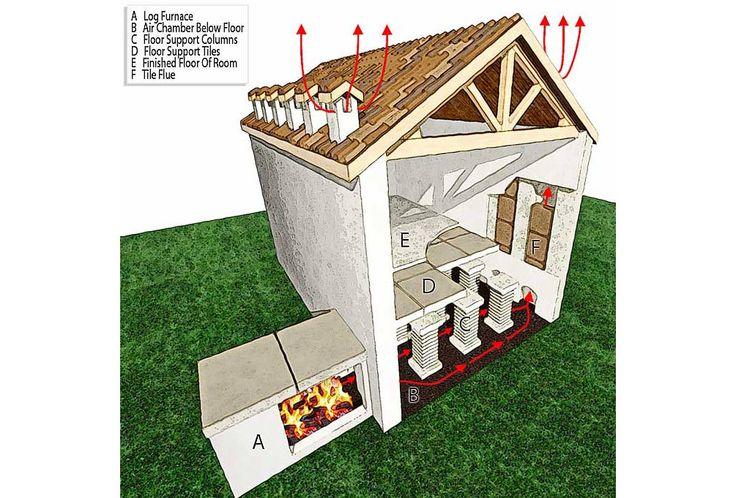
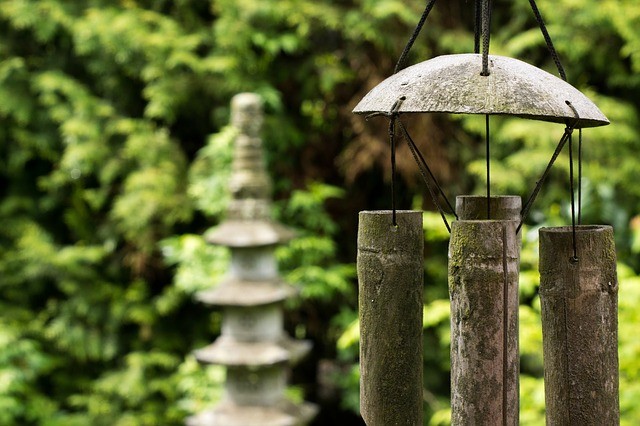
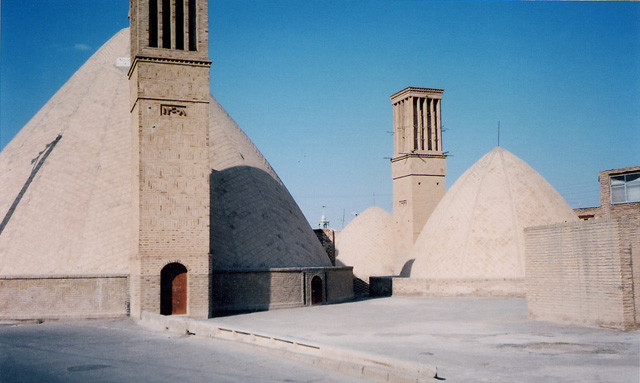
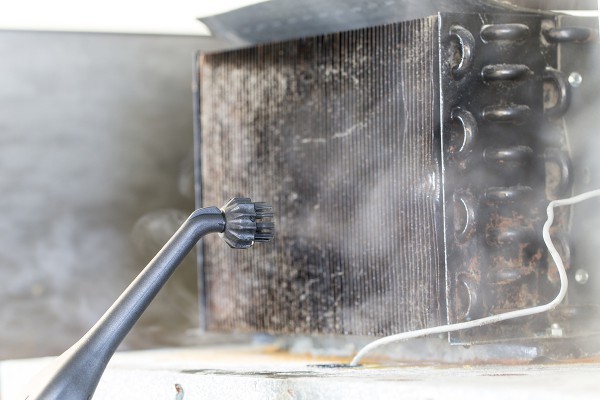

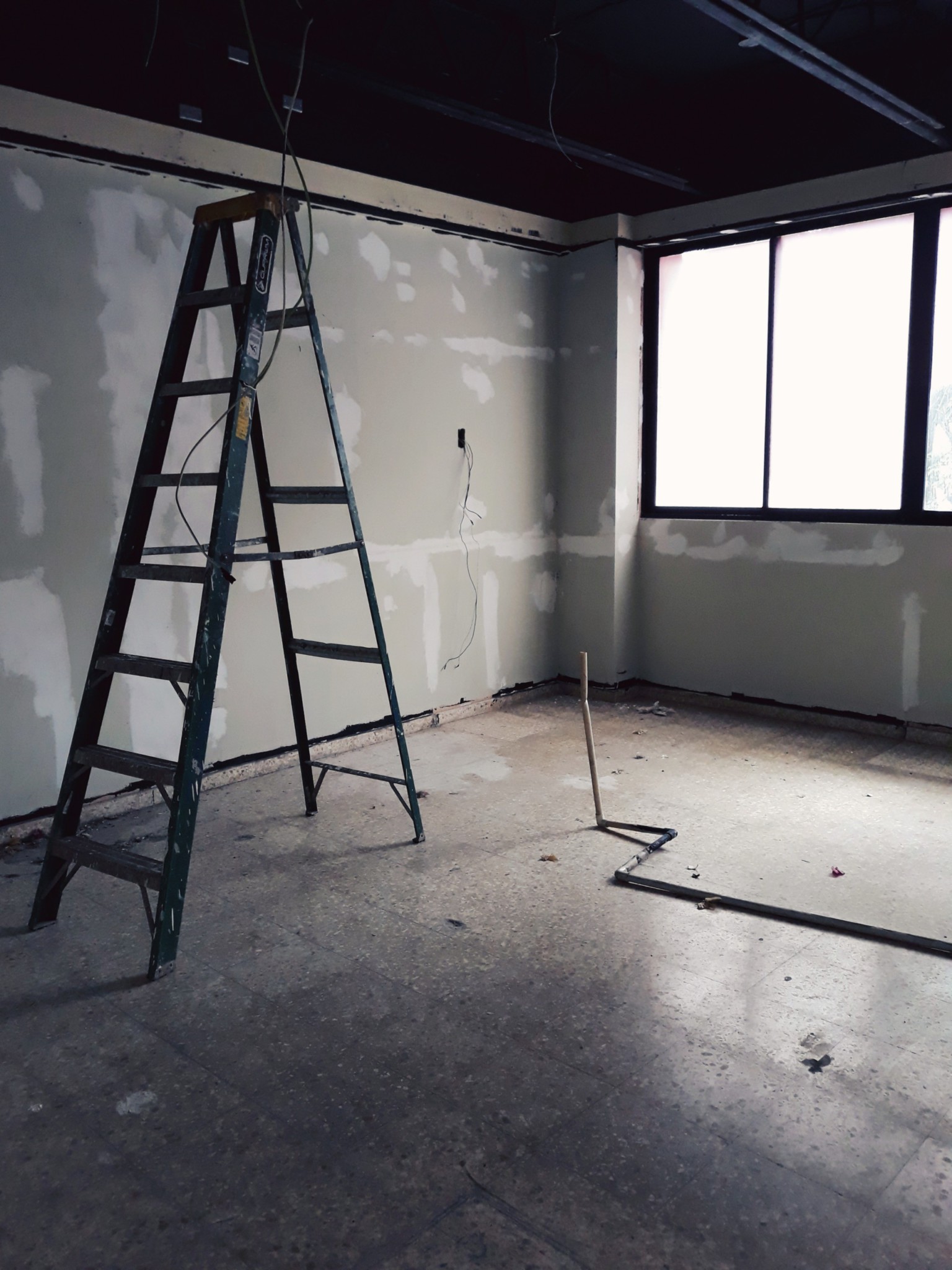


Leave A Comment